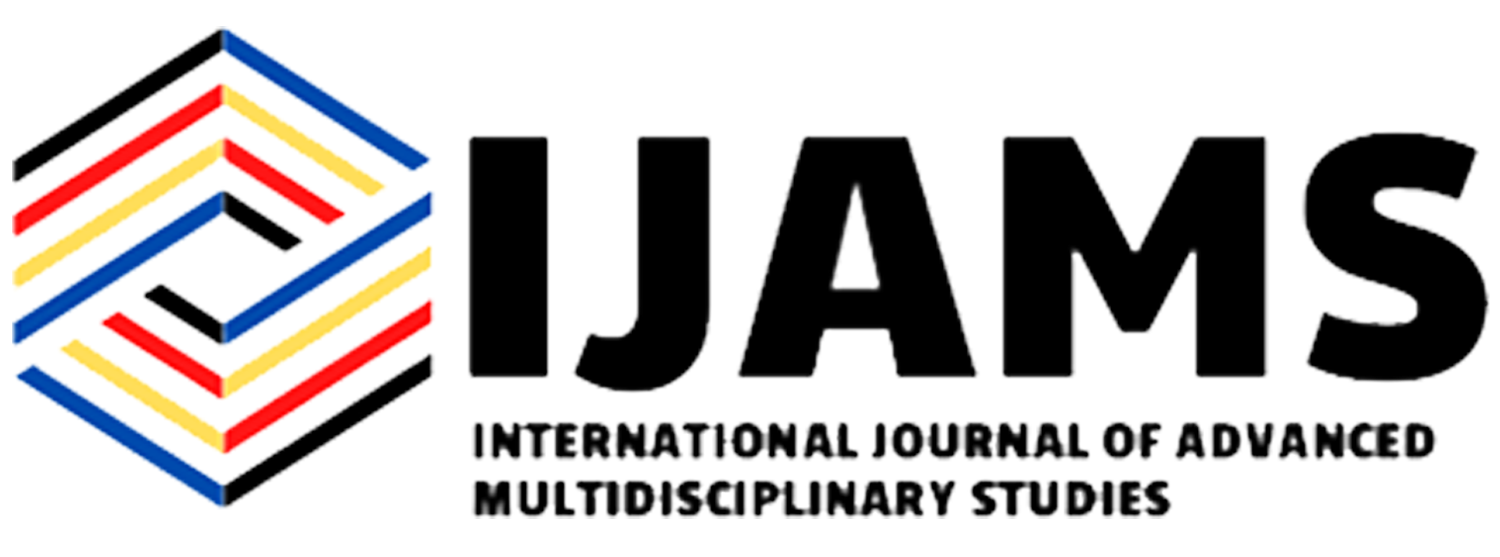ISSN: 2782-893X
eISSN: 2799-0664
 ISSN: 2782- 893X
ISSN: 2782- 893X


—— — This study evaluated the instructional leadership among Filipino teachers abroad in the United States during the 2022-2023 school year, providing a foundation for a leadership enhancement plan. It used a descriptive correlation design, with a focus on presenting the demographic profile of the participants and determining their instructional leadership level. This was measured in terms of protecting instructional time, promoting professional development, and providing incentives for learning. The study also identified the problems teachers faced in their roles. Data was gathered from 40 Filipino teachers, chosen through simple random sampling, using a researcher-designed questionnaire. The questionnaire had three parts: the first collected demographic information, the second evaluated instructional leadership, and the third identified problems encountered. The study revealed a varied age distribution among teachers, with the majority between 36 and 45 years old. The most common range of teaching experience was 5-9 years, with most having completed a master’s degree or earned doctoral units. Teachers predominantly taught in grades 7 through 12, with a notable percentage in grades 9 and 10. Regarding instructional leadership, teachers excelled in providing incentives for learning and protecting instructional time, while they were very good at promoting professional development. The computed correlation coefficient (r = 0.537) and the p-value (0.002) indicated a significant relationship between teachers’ demographic profile and their level of instructional leadership. Teachers faced several challenges in their roles, with high noise levels, disruptive learners, and abrupt parental complaints being the most significant issues. Other common problems included monolingual classes, large class sizes, and personality clashes among students. Based on the study’s conclusions, several recommendations were proposed. The leadership enhancement plan should be implemented to improve instructional leadership, with dissemination through school forums or conferences. Additionally, further studies could be conducted to validate the findings. This research provides insights into the instructional leadership of Filipino teachers in the US, identifying key areas for improvement and challenges to address. It underscores the importance of ongoing professional development and a supportive school environment to enhance teaching quality. Keywords — Instructional Leadership, Filipino Teachers, Leadership Enhancement Plan, Descriptive Correlation Design, Professional Development, Incentives for Learning, Instructional Time, Problems Encountered, Teacher Challenges, School Forums, Teaching Experience